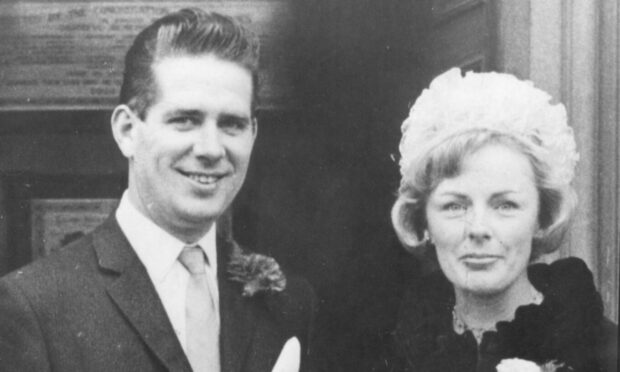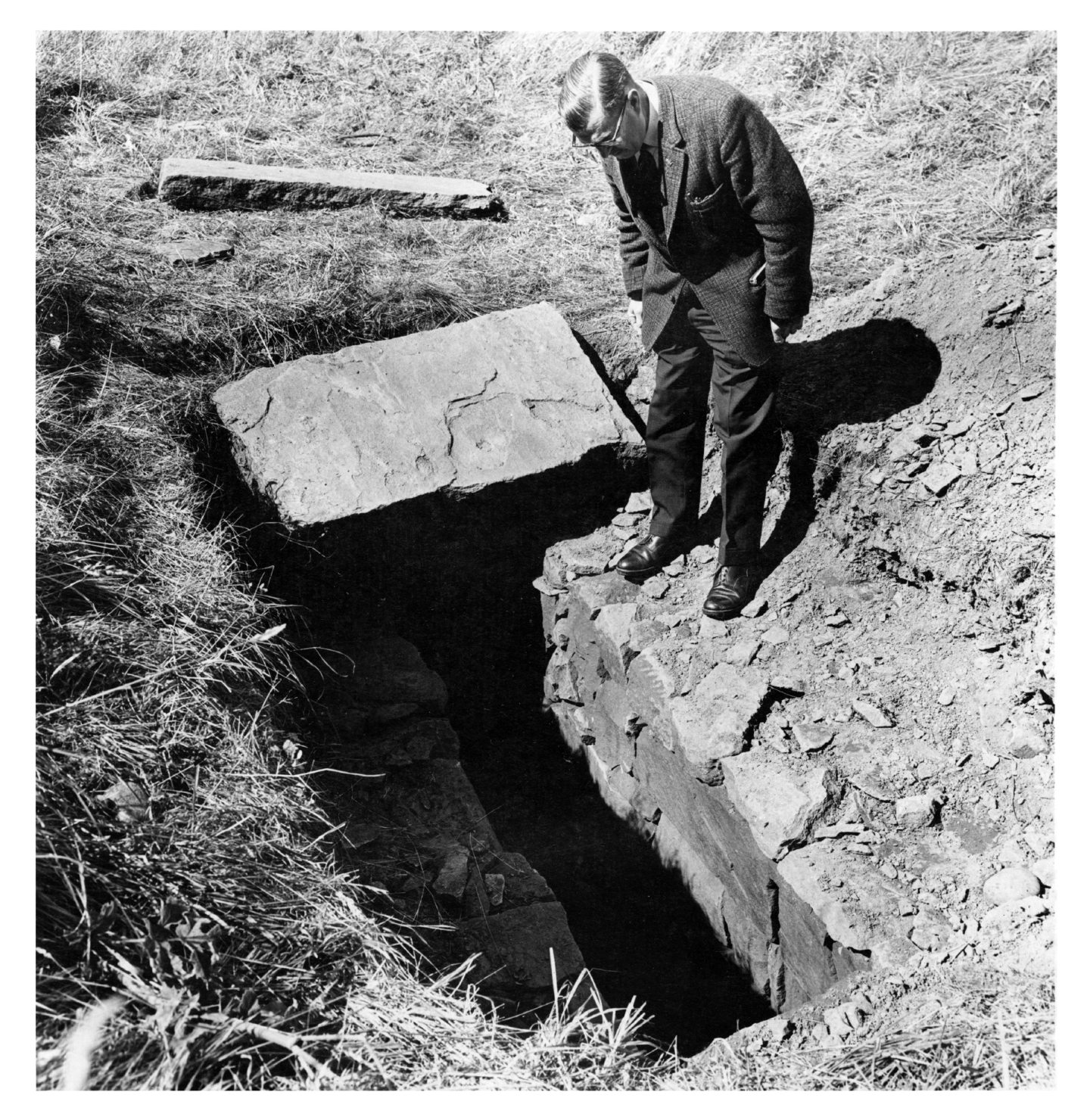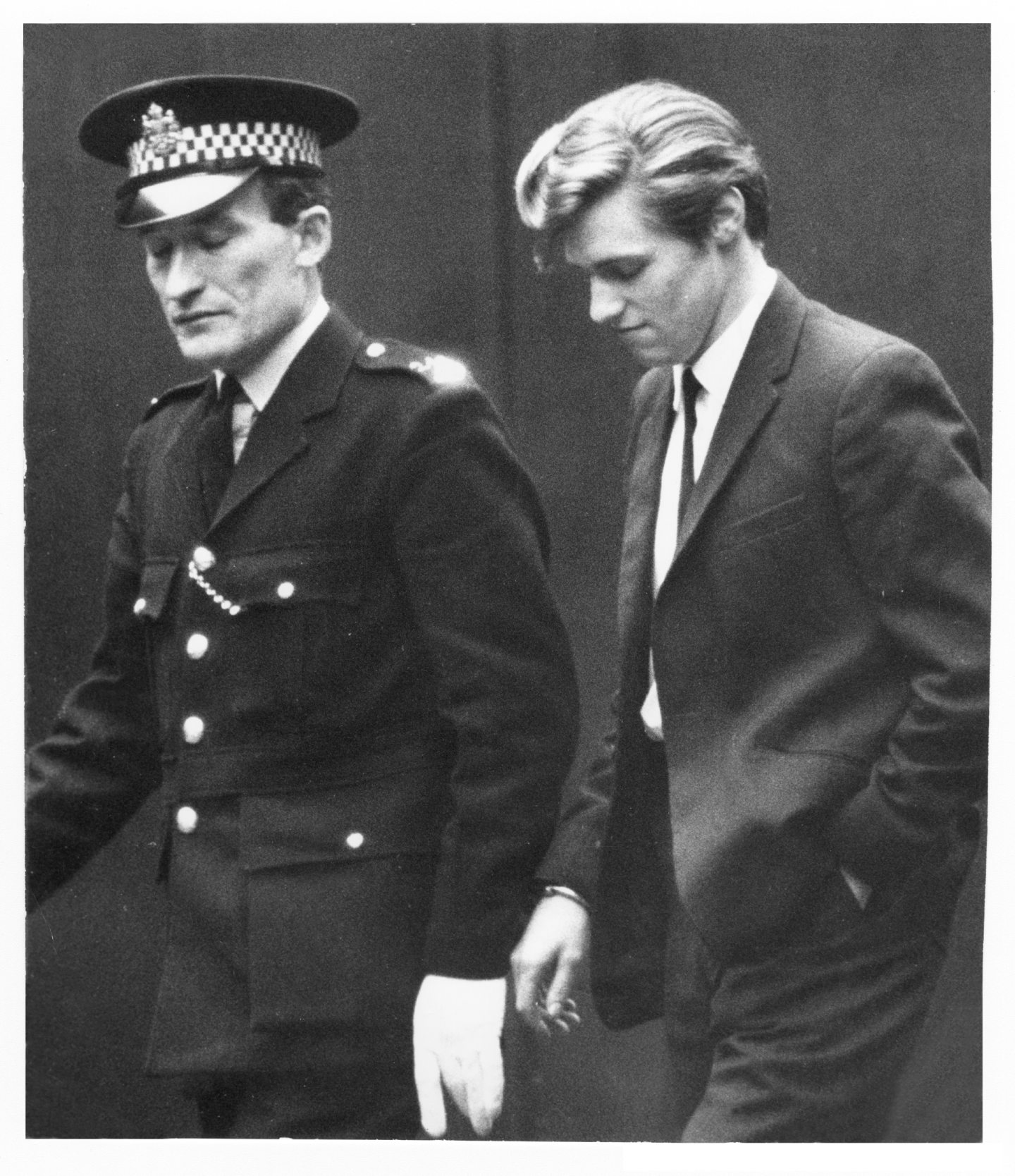It was a crime which was the prelude to one of the most sensational court cases in Scottish legal history; the cold-blooded murder of millionaire farmer Maxwell Garvie and subsequent conviction of his wife, Sheila, and her lover, Brian Tevendale, in 1968.
The public lapped up the salacious details of the couple’s lifestyle, which included nudist weekends, sex orgies, wife swapping, drug and alcohol abuse, domestic violence, fast cars and private aeroplanes as a reminder that the Swinging Sixties’ had arrived with a vengeance in north-east Scotland.
Much of the newspaper coverage portrayed Mrs Garvie as a modern-day Lady Macbeth, an arch manipulator who had plotted the killing of her husband so she could run away with Tevendale, who was 11 years her junior.
And there was much more attention paid to the sordid details of sex parties and serial infidelity at a rural hideaway in Alford, nicknamed “Kinky Cottage”, than the marital abuse and physical violence which she suffered at his hands.
But now, a new book suggests that the police ignored many of the signs of gaslighting and other indignities which Mrs Garvie endured – and while it doesn’t argue there was a miscarriage of justice, highlights the desperate lengths to which she was prepared to go to be free of her husband’s iron grip.
Although the couple had two daughters, Wendy and Angela, and a son, Lloyd, during the first few years of their marriage, Mr Garvie was as far removed from a settled family man as it would be possible to imagine.
He developed an obsession with pornography and nudism, indulged in casual sexual relationships with men and women and persuaded his wife to accompany him on holidays which she later described in a book as “hellish”.
The abuse lasted for many years
This outlined many shocking revelations such as the time when the whole family went to a nudist camp in Corsica, while Mrs Garvie was pregnant with her third child. She didn’t want to go, but was forced to by her husband – and he became increasingly resentful if she ever said “no” to him about anything.
He also took up photography and snapped nude photos of his wife which, to her horror, he displayed to his friends. And his obsession with sex even extended to him establishing his own nudist colony in the Mearns.
Allan Nicol, a Procurator Fiscal Depute for 12 years, who qualified as an Advocate in 1993 and then defended clients charged with more serious offences until 2011, has investigated the often contradictory evidence and cheque-book journalism which surrounded much of the Garvie case.
His previous book Manuel: Scotland’s First Serial Killer has been described as the definitive account of the myriad crimes of Peter Manuel, who killed at least eight people in Lanarkshire between 1956 and 1958.
It was later turned into the television series In Plain Sight, starring Martin Compston and Douglas Henshall, for which Mr Nicol was the script adviser.
And he has shown the same meticulous analysis of the facts, allied to a determination to ignore the more unsavoury aspects of the trial, to bring together a compelling argument that Mrs Garvie was both a flawed individual and somebody abused by a system which regarded her as having ideas above her station in a deeply misogynistic environment more than 50 years ago.
Even the tone of the reporting back in the 60s seems horribly sexist now, with constant references to Ms Garvie’s dress sense and jewellery. One tabloid even said: “The pretty, well-groomed woman in the dock at the High Court, with her stylish, expensive clothes, hardly looked like a murderer.”
Yet sitting alongside her were Tevendale, 22, and his friend Alan Peters, 20, who was also accused of the killing and the disposal of Maxwell Garvie’s body in a disused tunnel, where he was buried after being shot to death.
Sheila Garvie was called a femme fatale
Mr Nicoll’s book is designed to set the record straight when it is published on June 22. The premiss is: “One murder. Three versions of the story.
“A gunshot ends the life of Maxwell Robert Garvie on a May night in 1968. Three people are accused of the crime: his wife, his wife’s lover and a young man whom Max had never met. They offer conflicting versions of what happened, practically the only common detail being that Max is dead.
“But this story is not about Max. It is about his wife Sheila.”
“Sheila, more than either of her co-accused, stands as an enigma for the detectives working the case, as a wronged innocent for the lawyers hired to help her. She is branded by the media as a scandalous femme fatale, a murderous mastermind, a Lady Macbeth.
“Sheila Garvie: Mastermind or Victim is based on the case which shook the whole of Scotland. The narrative seeks to uncover, as far as it can, the truth regarding Sheila’s involvement in her husband’s death. Including flashbacks and new theories, it suggests that appearances can be deceiving and reveals the shortcomings of a system uncaring about abuse victims.”
In essence, this woman did her utmost to escape from an awful domestic situation. She tried to leave her husband twice, the first time fleeing to a hotel in Stonehaven with Tevendale and the children. But when Mr Garvie responded he would shoot them all, she bowed to the pressure.
On another occasion, the couple travelled to Bradford, but Mrs Garvie couldn’t face the prospect of not seeing her children again and returned home.
She was violently assaulted by her husband and had to wear a neck brace after one vicious attack. But when she consulted a divorce lawyer in Aberdeen, he told her she was “technically an adulteress” and deserved no sympathy.
And even the local minister encouraged her to stay with her domineering and abusive spouse. In the end, one of them wasn’t getting out of this alive.

Lord Matthews, who has written the foreword for the new book, said he was impressed by the diligence of the research which Mr Nicol had carried out.
He added: “While the name of Sheila Garvie is etched in my memory, it was not until I read this book that I appreciated exactly what was involved.
“Allan Nicol has skilfully managed to bring the case to life in a manner which both informs and absorbs the reader, not by a mere chronological narration of events, but by taking different timelines and weaving them together like an old-style telephone cable.
“He places the events in their legal context and makes a few educated guesses about what really happened, with an Agatha Christie-esque denouement”.
Former publican Mr Tevendale suffered a fatal heart attack in 2003. Mr Peters, who was acquitted on a not proven verdict, succumbed to cancer in 2007.
And Mrs Garvie, who protested her innocence in a 1980 book Marriage to Murder: My Story, died of a suspected heart attack in 2014 at the age of 80.
So it’s probably too late to rehabilitate the reputation of a woman who found herself cast as the villain of the piece by the prosecution all those years ago.
This should help redress the balance
With the same forensic analysis he applied to cases in which he was involved, Mr Nicol has brought the trial to life again and allowed those who remember it to gain a more balanced perspective of the web in which she was trapped.
It also enables those who were too young to remember it to form their own opinion of the often thorny choices she made and the appalling treatment she received at the hands of both her husband and the press at the time.
Many will conclude that she was more sinned against than sinner.
Further details about the book, published by Ringwood, can be found here.
More like this:
Black Panther Hunter: The Islander who got notorious killer Donald Neilson to confess
Aberdeen movie night triggered one of Hollywood’s most infamous stalker attacks




